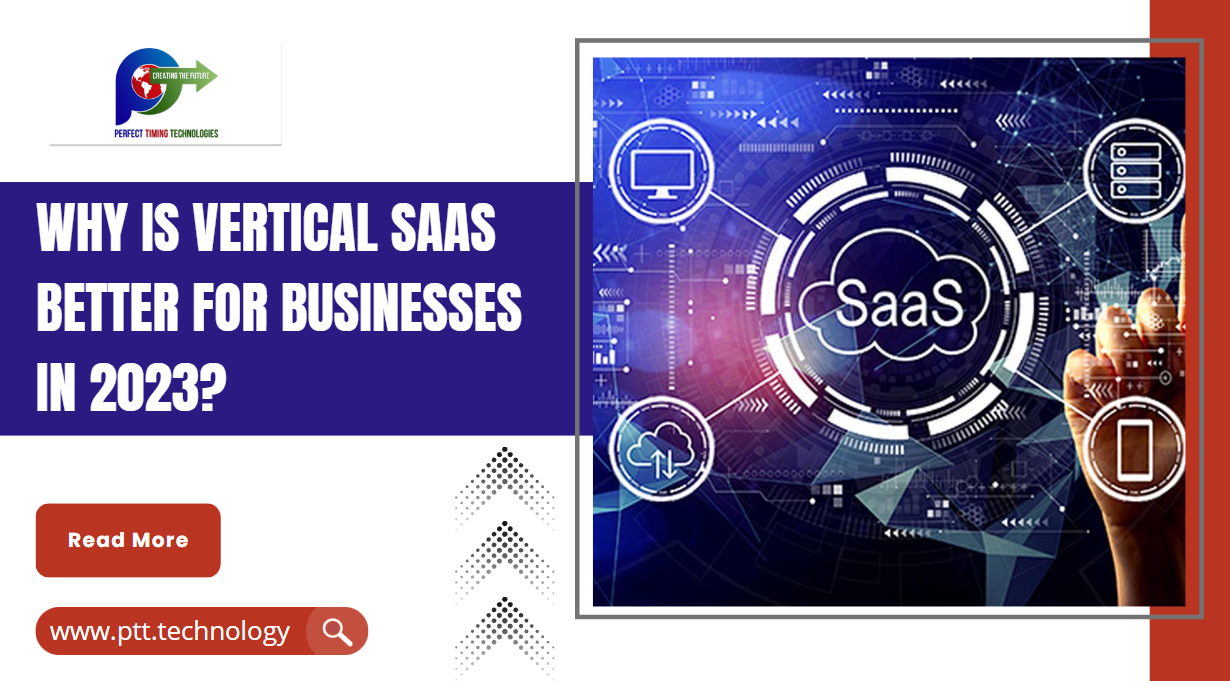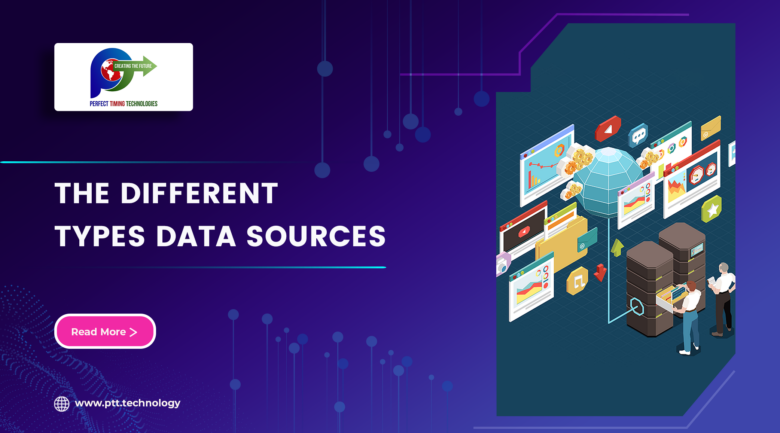
To know why Vertical SaaS is better, we must understand the difference between ‘horizontal SaaS’ and ‘vertical SaaS’.
A Horizontal SaaS product is any SaaS application or product that serves several industries and organizations within its realms. Examples of horizontal SaaS are QuickBooks, software used for accounting; Slack, a communications platform; and Office 365, a cloud productivity tool, etc. On the other hand, Vertical SaaS products or applications cater to the requirements of a particular industry. The best examples of vertical SaaS are Riskalyze, Applied Epic, Clear Care, etc.
Why Vertical SaaS is Better?
When compared with horizontal SaaS, Vertical SaaS is an innovation in cloud solutions. It is a highly effective SaaS tool that provides specific solutions to industries with different needs. The vertical SaaS is built to understand industry-specific challenges and address them effectively. It is not a common application that cuts across the functions and departments of different organizations like the horizontal SaaS.
Although a Vertical SaaS application serves a single industry, it may have several micro-apps to address any specific need within that vertical. Taking the Bank as an example, a vertical SaaS app looks after the overall bank functions, whereas a micro app can offer SaaS-based solutions to handle non-performing assets.
The vertical SaaS market has seen tremendous growth in the past five years. With digital transformation taking over industries and customers all over the world, Vertical SaaS has a bright future.
Benefits of Vertical SaaS
Creating Vertical SaaS products or applications offer several benefits such as-
- Seamless Integration: A vertical SaaS product can better understand the tech landscape of an industry than other SaaS products. The Vertical SaaS products are built to create a seamless industry-specific integration. Also, the Vertical SaaS team is well acquainted with the industry needs to build customized products quickly as and when required.
- Better Profits: Vertical SaaS is a relatively new field with less competition when compared to horizontal SaaS products. So if a Vertical SaaS product can better serve the needs of target companies, good word-of-mouth will bring profitable results.
- Increased Productivity: The makers of Vertical SaaS products do not have to run after everyone. They have a limited target audience that is highly engaged. A Vertical SaaS product business can generate better RoI on its marketing expenses by targeting a well-defined audience.
- Customization and Upgrades: The Vertical SaaS product development teams are well acquainted with the latest industry updates in banking, retail, the media sector, etc. Therefore, they can efficiently respond to any new regulatory, business, or industry changes and build customizations smoothly. In times of need, these teams can also create enhanced versions of existing Vertical SaaS products.
Whether Vertical SaaS is better than horizontal SaaS depends on the requirements of the customers. The covid-19 pandemic has led to the increased dependency and importance of Vertical SaaS products and is poised to grow further in 2023.
Vertical SaaS solutions will continue to grow exponentially as companies of all sizes across industries are adopting cloud products and solutions. The consumers and creators of Vertical SaaS products and solutions should take advantage to boost their organization’s growth.







